One of my favourite reasons for walking along the River Wandle Trail is the huge variety of wildlife you can spot! This post lists ten different birds, animals and fish that you should look out for on your walk!
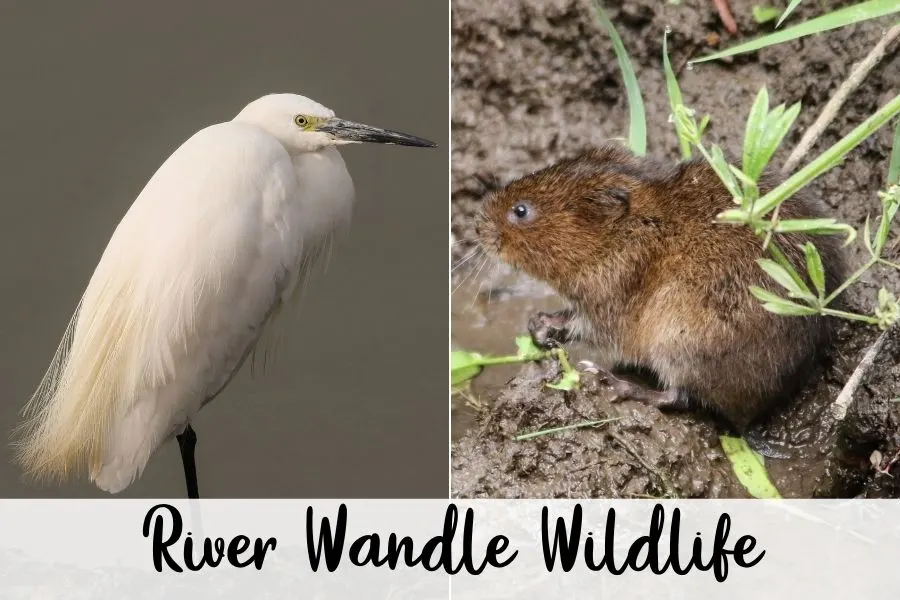
River Wandle Wildlife
Grey Wagtail
You will see both Pied Wagtails and Grey Wagtails nesting along the banks of the River Wandle. Grey Wagtails are a common bird found near to fast flowing rivers.
Grey Wagnails usually build nests near to the river bank, and eat tadpoles, ants and snails that they find near the riverside or in shallow water. These birds can be spotted along the full length of the River Wandle.
How to Identify the Grey Wagtail
Grey Wagtails have long black and white tails, yellow bellies and grey wings. The male birds have black throats, unlike the females which have shorter tails and an olive coloured back. Grey wagtails should not be mistaken for yellow wagtails due to their lemon coloured tails. Yellow wagtails are a completely different species which are usually bright yellow and olive green.
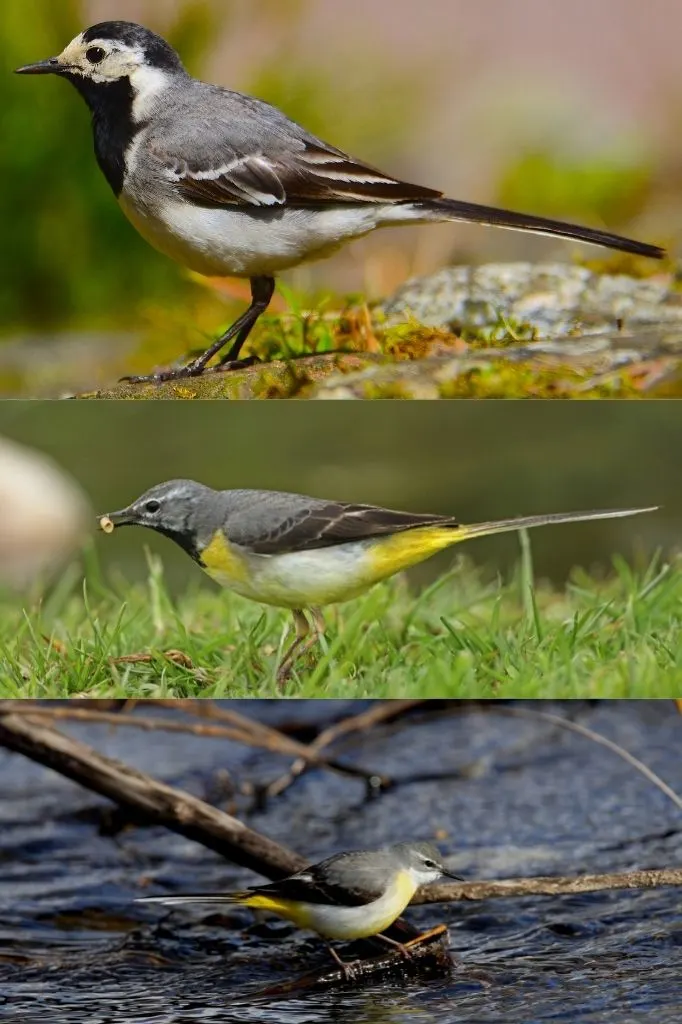
Brown Trout
The River Wandle is a chalk stream, which means the water is clear and ideal for many species of fish to breed and thrive. Some of the fish known to live in the Wandle River include Brown Trout, Chub, Dace, Roach, Stickleback, Rudd, Barbel, and Koi Carp.
Brown Trout are one of the most common types of fish found in the River Wandle. It is possible to go fishing for trout in the River Wandle between April and September.
How to Identify Brown Trout
Brown trout have a brown back and cream coloured belly. You will see dark spots with cream borders on its back and sides. It has a plain tail, and unlike the rainbow trout, it doesn’t have a side stripe.
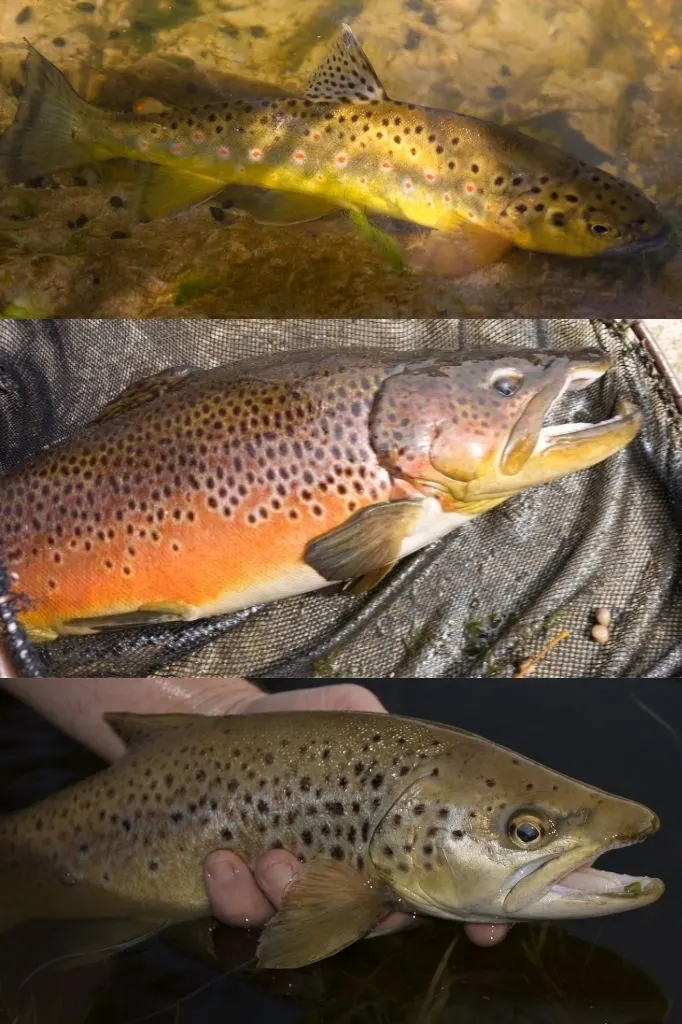
Little Egrets
Little Egrets are often see in Morden Hall Park. These birds are a from the heron species, and first appeared in England in 1989. Little Egrets are found near rivers and wetlands in southern England, and eat small fish, insects, amphibians and crustaceans.
How to Identify Little Egrets
A Little Egret is a white bird with a thin black beak, long black legs and yellow feet. They are sometimes confused with Snowy Egrets, but are actually a different species. If you want to see them, try heading to Morden Hall Park, or Ravensbury Park.
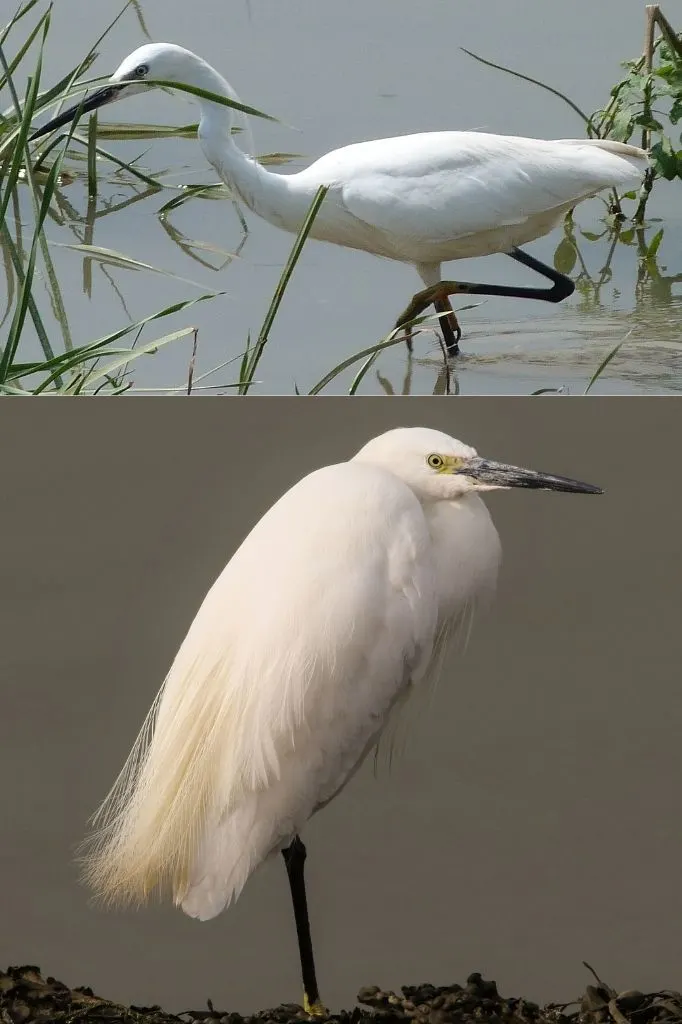
Water Vole
Water Voles were reintroduced to the River Wandle after they become extinct in the area. It is believed that the wooden cladding, which was installed in the 1970s to protect the river banks, drove the voles away.
Today the voles have been reintroduced to the Wandle River in three places: Morden Hall Park, Watermeads Nature Reserve, and the Spencer Road Wetlands. They like to burrow into soft river banks, and feed on water shoots and vegetation.
How to Identify a Water Vole
Water voles have silky brown fur, a blunt nose, round body and long tail. They have sometimes been mistaken for rats but rats are much larger with pointier noses.
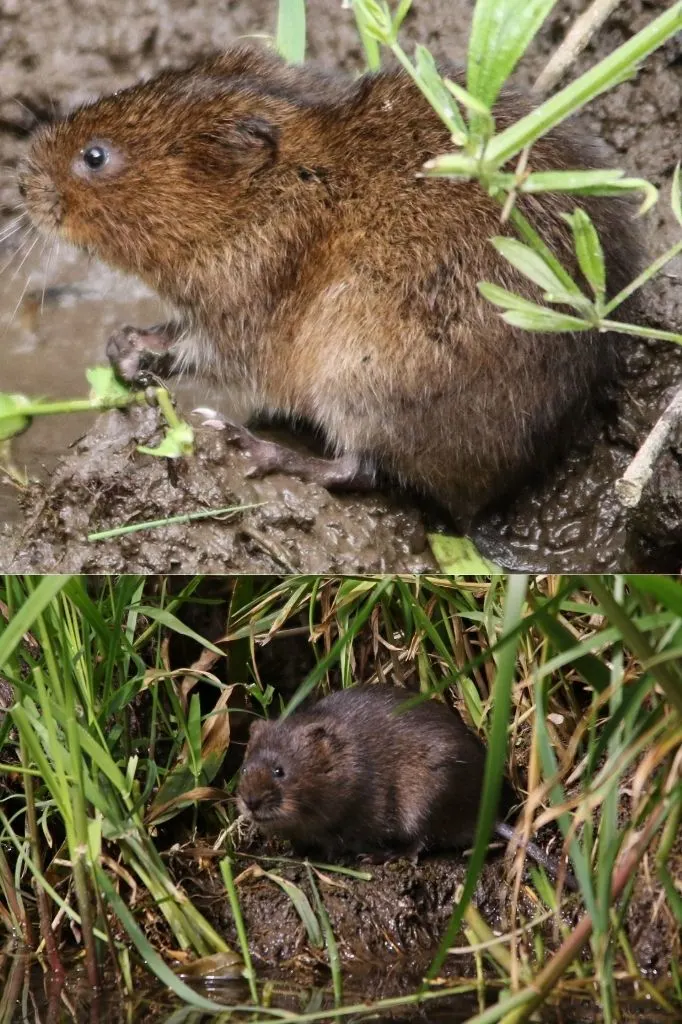
Little Grebes
Little Grebes are water birds and which feed on insects, larvae and small fish. They are good swimmers and able to dive into the water to catch fish.
These birds build their nests at the edge of the river. They can be very noisy birds with a distinctive call.
How to Identify Little Grebes
Little Grebes are small water birds with pointed bills. They have round bodies, fluffy tails and legs which are set far back making it hard for them to walk. They have short, chestnut coloured necks and brown backs.
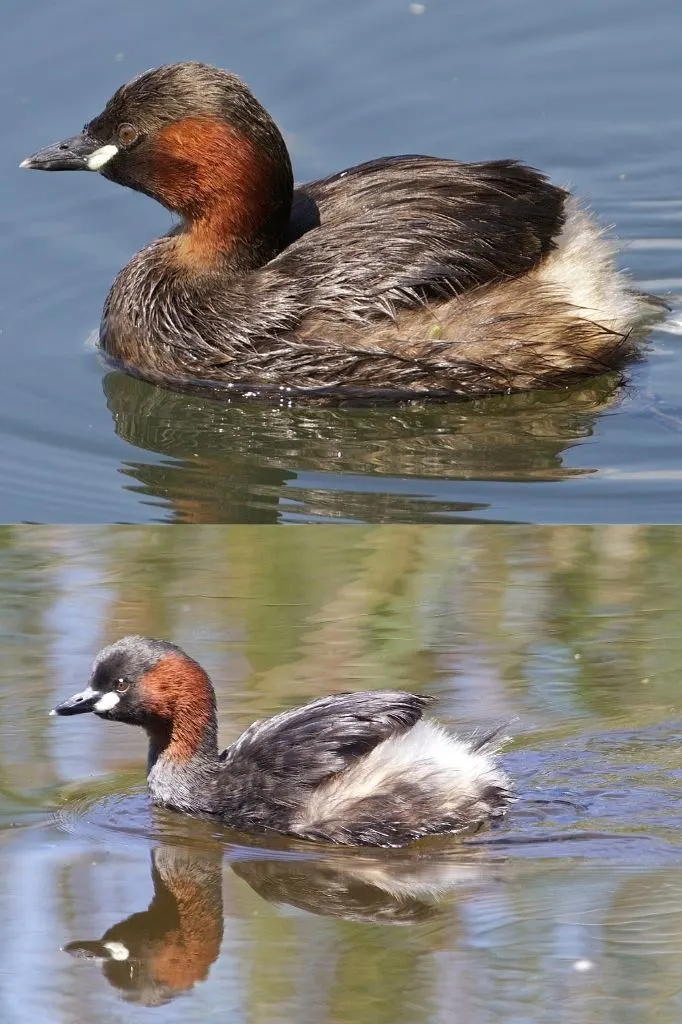
Egyptian Geese
If you want to spot Egyptian Geese you are most likely to see them in Morden Hall Park or Waddon Ponds. The Egyptian Goose was considered a sacred bird by the Ancient Egyptians, and often appeared in their artwork.
These birds eat grass, seeds and berries, as well as algae and aquatic plants. Although they are herbivores, they do sometimes each insects and small animals.
How to Identify Egyptian Geese
Egyptian Geese have grey feathers on their chest, and black, dark orange and white feathers on their back. They have distinctive brown patches around their eyes.
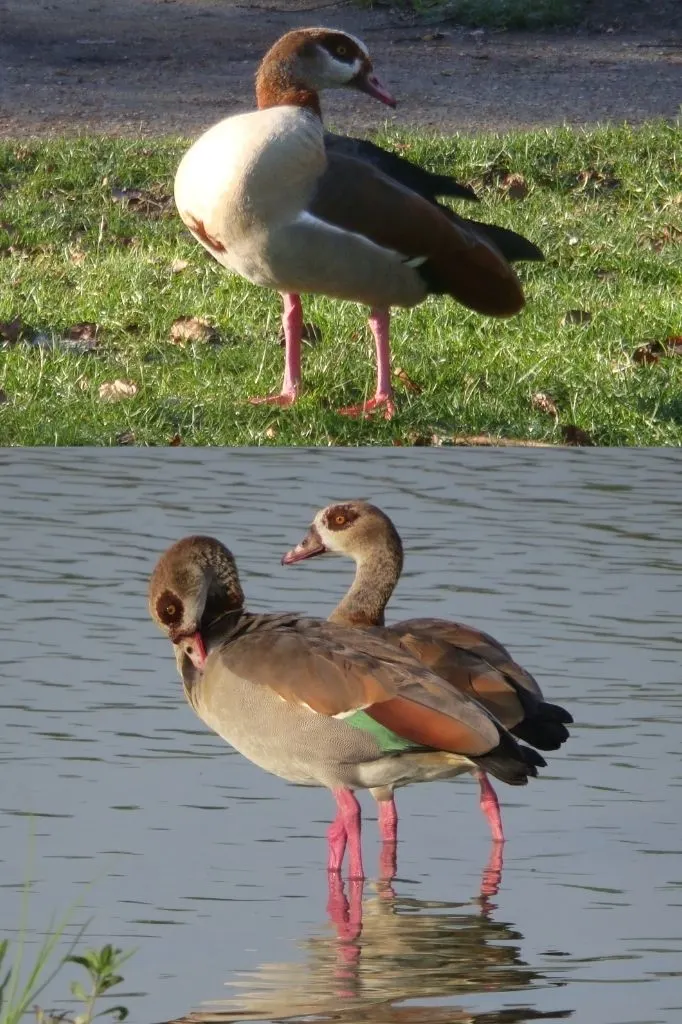
Dragonflies
There are different points along the Wandle Trail where you will find wetlands and ponds, such as the Wandle Meadow Nature Park or Carshalton Ponds. These are good places to look for dragonflies.
Dragonflies are usually spotted near fresh water like ponds, lakes and riverbanks. Most of their life is spent underwater, and we normally only see them for the short time when they are adults. They are strong fliers so can fly far from the water.
Large male dragonflies can be spotted defending their pond by patrolling back and forth to fight off any enemy.
How to Identify Dragonflies
The colour of a dragonfly changes as they age. They usually have large bodies and wings. There are many different species of dragonfly that can be identified from the colour of their wings.
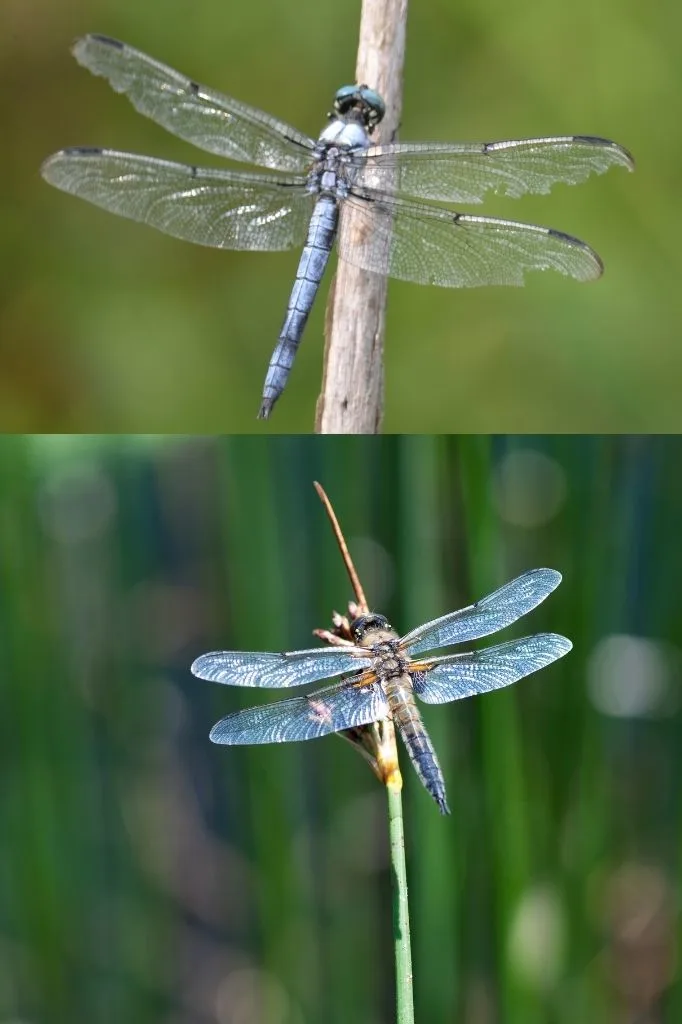
Kingfisher
If you live in South London, the River Wandle is the best place to look for kingfishers. They have been seen in Wandle Meadow Nature Park and on Wilderness Island.
Kingfishers eat mainly fish, but also sometimes tadpoles, aquatic insects, and freshwater shrimps. They are known to leave their nests very messy which are often littered with fish bones, and droppings.
How to Identify a Kingfisher
A kingfisher is easy to identify as it has a bright blue and orange feathers. You might see one sitting on a low branch over the water, as it waits for fish to swim past.
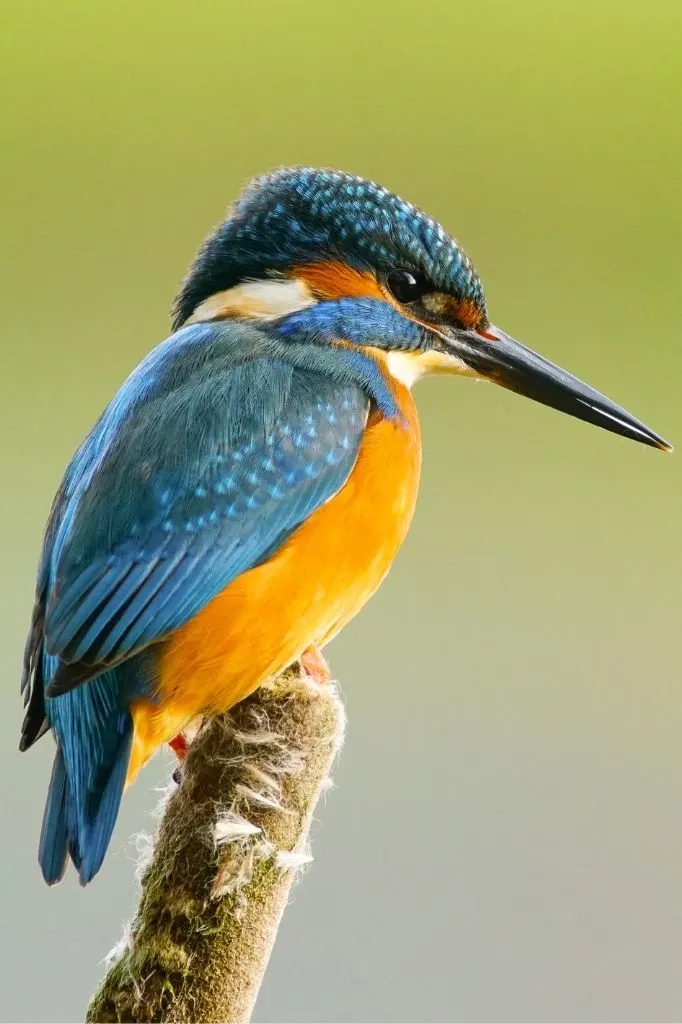
Canada Geese
The Wandle Trail is a great place to look for Canada Geese, as they are the most common species of goose found in the Wandle Valley.
Canada Geese are originally from North America, but spread across the UK after the second world war. They eat leaves, roots, grass and seeds, and move in flocks.
These birds can be noisy, and have been seen as pests in some areas since they can cause damage to residential properties.
How to Identify Canada Geese
Canada geese have distinctive black heads and necks with a white patch on their throats. Their backs are brown. You will see them moving in pairs or flocks that form a “V” pattern.
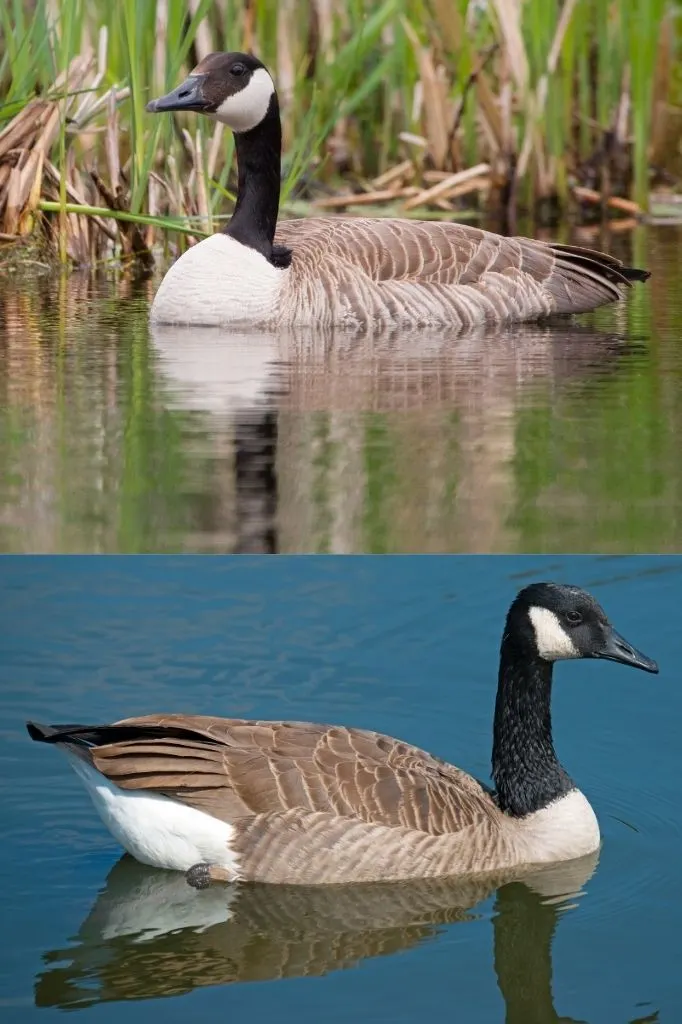
Bats
It’s possible to see bats at certain points along the Wandle Trail. Within Beddington Park there’s a small area known as Carew Manor Wetlands. The pond here provides a good habitat for several bat species including the Serotine and Pipistrelle.
The pipistrelle bat is usually found around ponds, lakes, and reservoirs. They like to live in areas where there’s a smooth water surface and trees on the banks. Bats feed on flies, midges and mosquitoes that they find on the surface of the water.
How to Identify Bats
Pipistrelles are very small and have brown fur and black ears, wings and noses.
If you want to see a pipistrelle bat, it’s best to visit the Wandle Trail as night falls. In the evening you can see bats looking for insects on the surface of the pond in Carew Manor Wetlands, or on the surface of the river in slow moving parts of the Wandle.
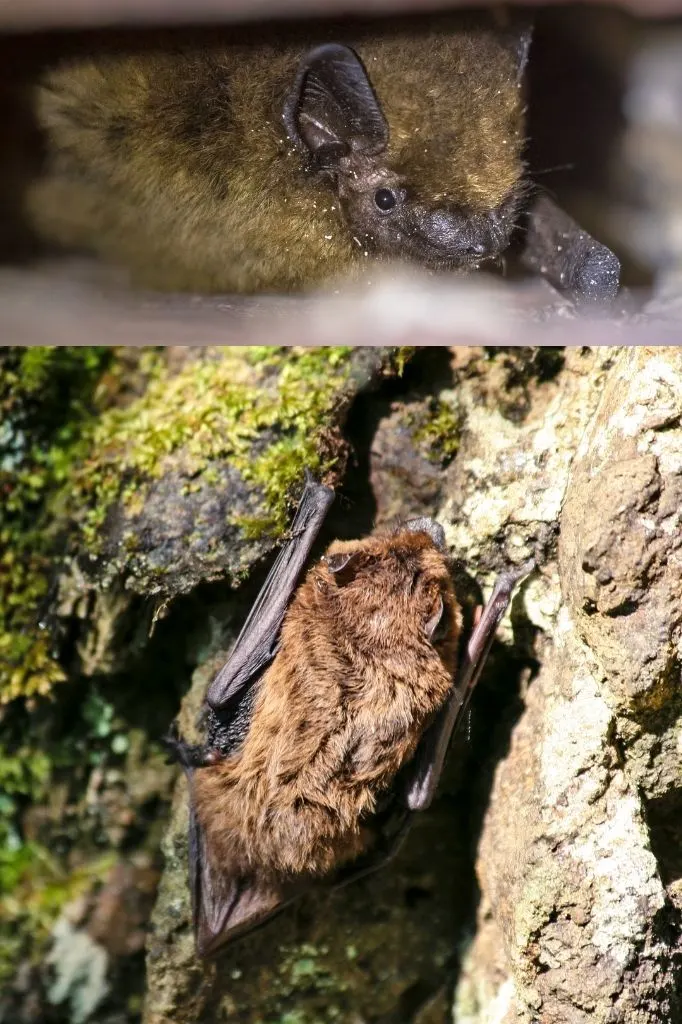
Useful Articles About River Wandle Wildlife
I have found some other articles which are listed below that you may find useful.
- The River Wandle Wildlife Guide
- The London Wildlife Trust have lots of information about the wildlife on Wilderness Island
- Read about the restoration of the River Wandle to improve the river for wildlife
- If you are looking for a local nature reserve, see: 12 Wandle Valley nature reserves
This Post was All About River Wandle Wildlife
Thank you for reading my article about wildlife along the River Wandle. If you have spotted any birds, fish or animals along the Wandle Trail, please leave me a comment below and let me know!
